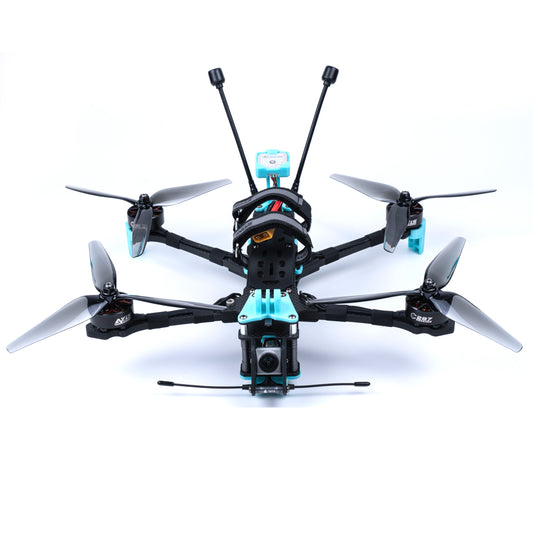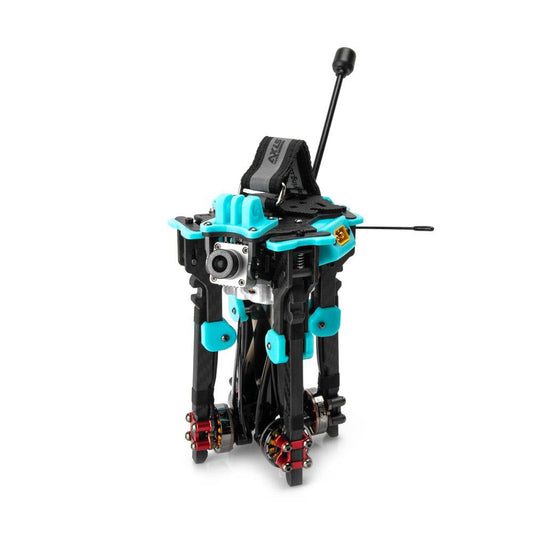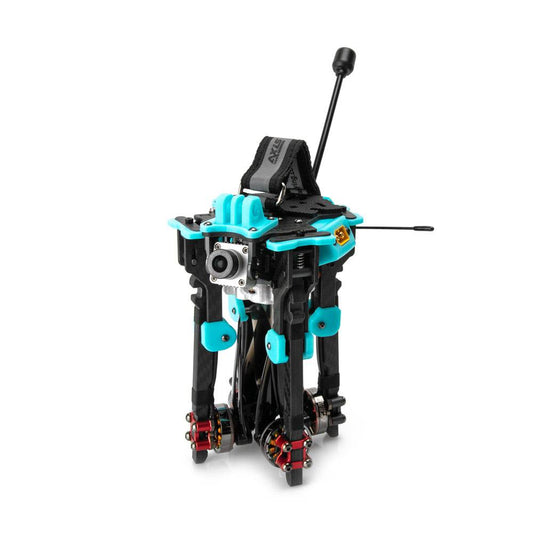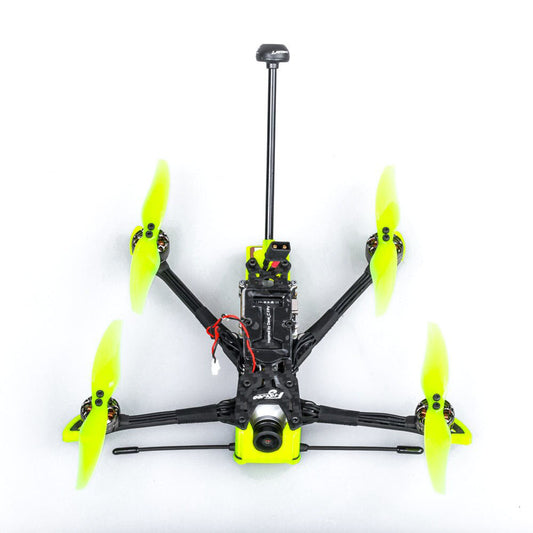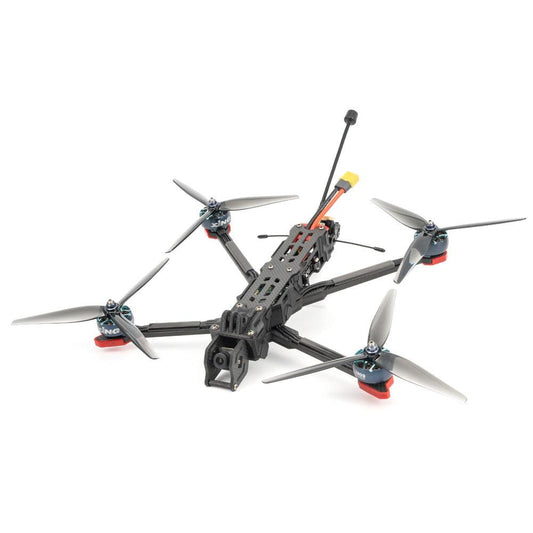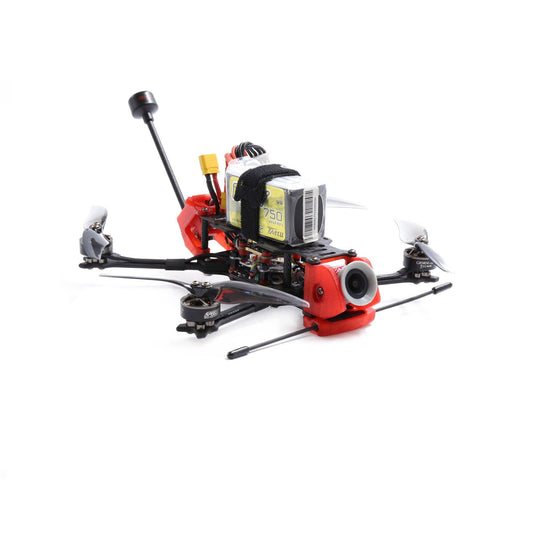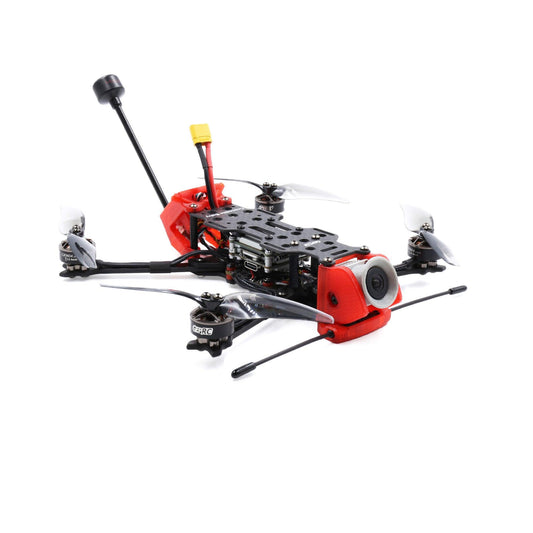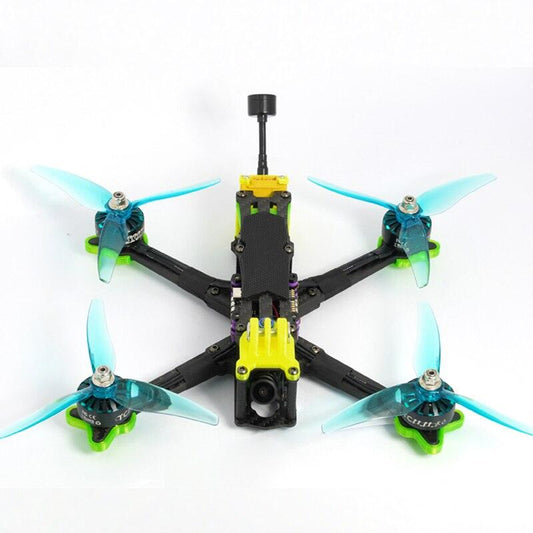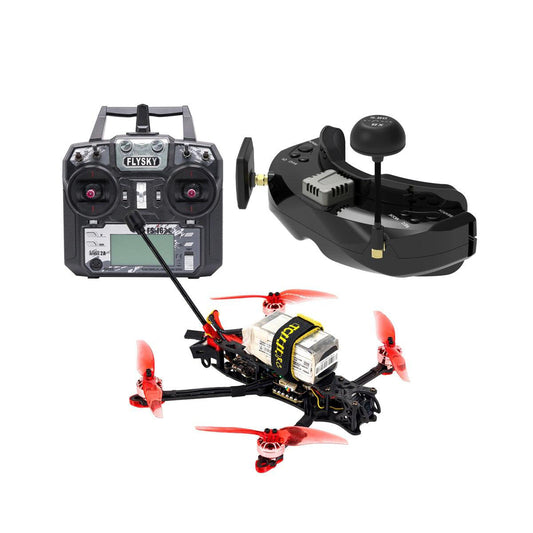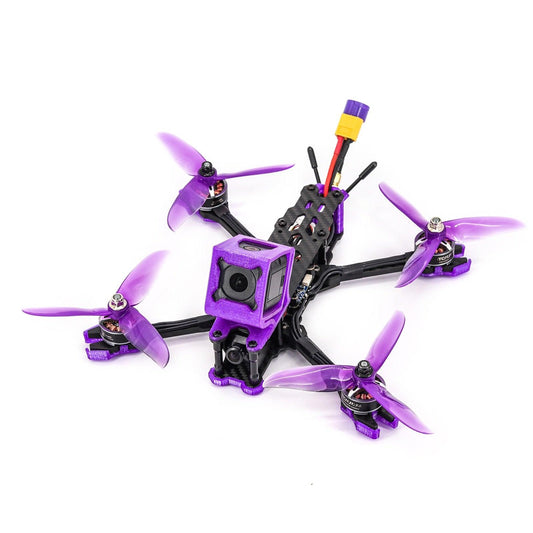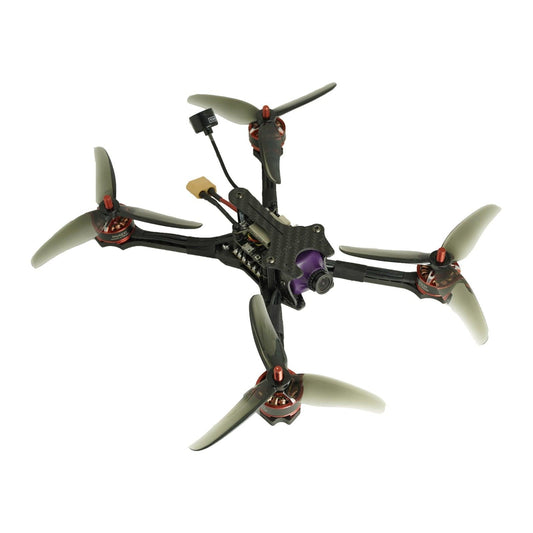Collection: Long Range FPV
The main focus of a long range FPV drone is efficiency and flight time. They usually use less aggressive motors and propeller combos, and are powered by Li-ion battery packs, achieving 15 minutes, 30 minutes, or even longer flight times.
Exploring the World of Long-Range FPV Drones
Introduction:
When it comes to long-range FPV flying, there is no strict definition for the distance involved. However, it is important to understand the considerations and precautions to ensure a safe and enjoyable experience. In this article, we will delve into the key aspects of long-range FPV drone flying, including safety measures, equipment recommendations, legal considerations, and tips for enhancing efficiency and flight time.
Safety First:
1. Begin with Experience: Long-range FPV flying is not recommended as a first step into the FPV hobby. It is crucial to gain experience and familiarity with flying drones before attempting long-range flights to minimize risks.
2. Understand Local Regulations: Familiarize yourself with the regulations governing FPV flying in your area. Adhering to the rules ensures responsible flying and prevents accidents or legal consequences.
Setting Up for Long-Range Flights:
3. GPS Rescue Mode: Utilize the GPS Rescue mode feature provided by Betaflight or other similar software to enable your drone to return home in case of signal loss. Invest in a reliable GPS module and configure it properly to ensure its effectiveness.
4. Self-Powered Buzzer: Install a loud buzzer with a built-in battery on your drone. This helps locate the drone after a crash, even if it loses power. Refer to recommended self-powered buzzer options for easier retrieval.
5. Li-Ion Batteries: Consider using Li-Ion batteries for extended flight times. They offer higher energy density and can be beneficial for long-range flights, especially when combined with low current draw and high-efficiency aircraft. Learn about purchasing or building your own Li-Ion battery packs for long-range flights.
Flight Preparations and Tips:
6. Pre-Flight Checks: Perform thorough inspections of your drone before each flight. Check for loose connections, damaged propellers, and ensure the battery is fully charged and secure.
7. Emergency Procedures: Develop a plan to handle emergencies, such as signal loss or low battery situations. Familiarize yourself with activating GPS Rescue mode and adjusting antennas quickly for optimal signal reception.
8. Weather Conditions: Always check the weather forecast before flying and avoid unfavorable conditions like strong winds, rain, or poor visibility. Consider the impact of temperature changes on battery life and drone performance.
9. Gradual Progression: Start with smaller aircraft and gradually increase your flying range. This approach allows you to understand your drone's capabilities and minimizes the risk of losing your drone.
10. Line of Sight: Maintain a clear line of sight with your drone during long-range flights. Avoid risky maneuvers and obstacles that may disrupt video and radio signals. Plan your flight path carefully and be aware of potential blind spots.
11. Spotter Assistance: Having a spotter or visual observer can help maintain awareness of your drone's location and identify potential obstacles that may not be visible through goggles alone. Look for visual markers on the ground to aid orientation.
Battery and Equipment Considerations:
12. Battery Management: Properly manage your battery usage to ensure a safe return. Take wind speed and direction into account, as flying against headwinds can drain your battery faster. Use an accurate current sensor to monitor battery consumption.
13. Choosing the Right FPV Setup: Consider digital FPV systems like DJI or Walksnail for their robustness against interference. Alternatively, analog systems can provide good range with appropriate setups. Select the right antennas and explore recommended options for optimal performance.
14. Radio Control Link: Explore radio control links like ExpressLRS or TBS Crossfire for reliable long-range communication. Evaluate their features and choose the system that suits your preferences and budget.
15. Enhancing Efficiency: Focus on efficiency to achieve longer flight times. Opt for a lightweight build, select motors and propellers with lower aggressiveness, and consider larger drones for improved efficiency and payload capacity.
Additional Tips and Conclusion:
16. Always Record DVR: Use onboard or external DVR systems to record flights. DVR footage aids in locating your drone in case of a crash and reduces search time.
17. Listening to the Motors: Some pilots find listening to the sound of their drone's motors helpful for maintaining a sense of connection. This is more applicable to analog systems as digital systems do not support audio.
18. Legal Considerations: Ensure compliance with your country's regulations regarding long-range FPV flying. Understand the maximum allowed distance and VTX output power. Avoid flying in restricted airspace or no-fly zones.
In conclusion, long-range FPV drone flying offers a thrilling experience, but it requires careful preparation and adherence to safety measures. By following the guidelines outlined in this article, you can explore the exciting world of long-range FPV flying responsibly and enjoy the freedom and adventure it provides. Happy flying!
